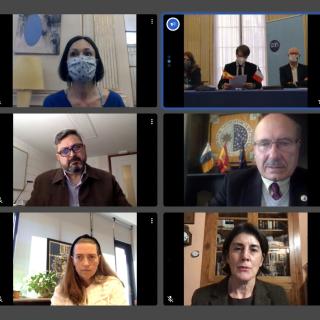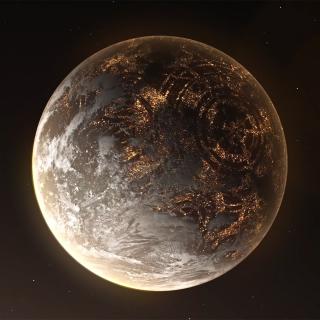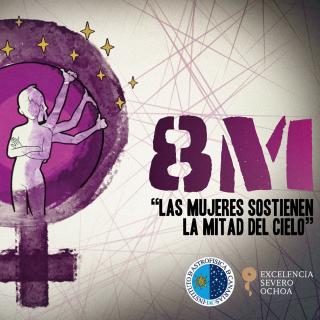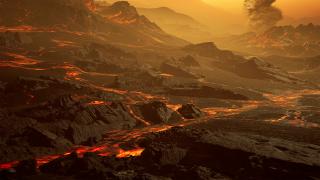
Scientists estimate that dark matter and dark energy together are some 95% of the gravitational material in the universe while the remaining 5% is baryonic matter, which is the “normal” matter composing stars, planets, and living beings. However for decades almost one half of this matter has not been found either. Now, using a new technique, a team in which the Instituto de Astrofísica de Canarias (IAC) has participated, has shown that this “missing” baryonic matter is found filling the space between the galaxies as hot, low density gas. The same technique also gives a new tool that shows
Advertised on




